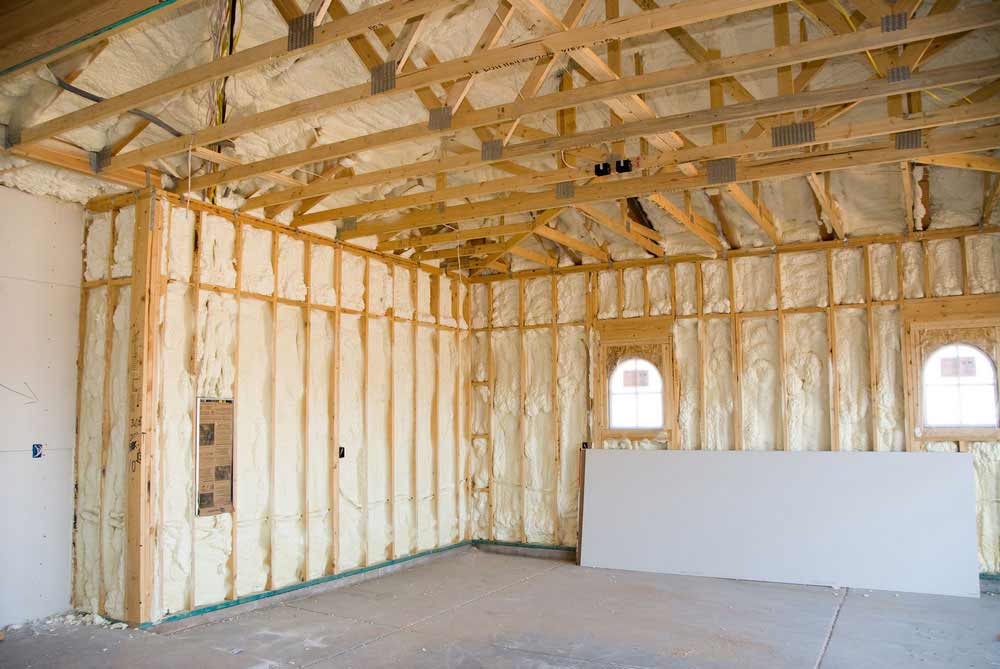
If you paid attention to every episode, however, you’ll know that the process isn’t as simple as attaching a coffered ceiling and farmhouse sink and calling it a day. There are negotiations, lengthy contracts, and meticulous inspections behind the scenes. If you’re set on working on your own fixer-upper, here’s what you need to look out for before striking a deal and starting the work.
The Location
While you may want to put the house’s looks first, you should consider its location as the top priority. As the opening spiel in the show goes, they pick the worst house in the best neighborhood to turn into their clients’ dream home.
Ask yourself, is the home near your job? If not, is it close to any bus stop? Is it in a safe neighborhood in Kansas City? What about the pests? If the home is in an area that you’re not happy about, it’s best just to find another place. You don’t want to start work and then realize that the area has rodent problems or that it’s next to a railroad that wakes you up with sirens and loud train whistles in the middle of the night.
Costly Repairs
Like anything you plan on buying, you need to do extensive research to ensure that you’re getting your money’s worth. It’s more apparent in fixer-uppers, where significant savings is part of the appeal. As such, you should hire an inspector to look around the home and estimate costs for repairs. While you shouldn’t be surprised that there’s something major that needs fixing (i.e., plumbing and paint), you should look for possible renovations that will haunt your bank account after striking a seemingly good deal. Don’t worry about the money you spend hiring an inspector for a home your interested in. It’s nothing compared to a costly fixer-upper project.
Improvements You Can DIY
Another appealing factor that taking on a fixer-upper has is the DIY work. You often see Joanna planning the job and Chip executing it with precision. The latter has been flipping houses for a profit since college, and they both have all the experience they need to do professional renovations. Since you’re still not as experienced, it’s best to hire a contractor for work like spraying foam insulation on your attic or replacing broken windows.
Relegate yourself to painting cabinets or minor demolition. If you’re looking to do major work, ask your contractor if you can shadow them while they do their job. This way, you get to learn the ins and outs of a project without getting in way over your head.
Flipping a home isn’t as easy as TV shows it to be. You have to find one in a good neighborhood, and you have to consider the renovation costs apart from the house’s actual price. Before you make your decision, these tips will give you an easier time finding the fixer-upper of your dreams.
Flip Your Energy Bills, Too
Your fixer upper won’t be complete without proper insulation. Here at A+ Insulation, we offer spray foam insulation that can reduce heat loss throughout winter and keep it out during summer. This cuts your cooling and heating costs by about 50%. Our project managers are trained to give you a complete overview of the process, from planning to installation, for your peace of mind. We have over 10,000 satisfied customers in Kansas City and we’re always looking to grow.
Contact us today to keep your property toasty.




 Underfloor insulation in your home could increase your property value while also providing practical benefits. This article explains everything that you need to know.
Underfloor insulation in your home could increase your property value while also providing practical benefits. This article explains everything that you need to know.  Batt and rolls vs blown insulation is a common debate when completing this change to your property. Here are some of the key points you should consider.
Batt and rolls vs blown insulation is a common debate when completing this change to your property. Here are some of the key points you should consider.